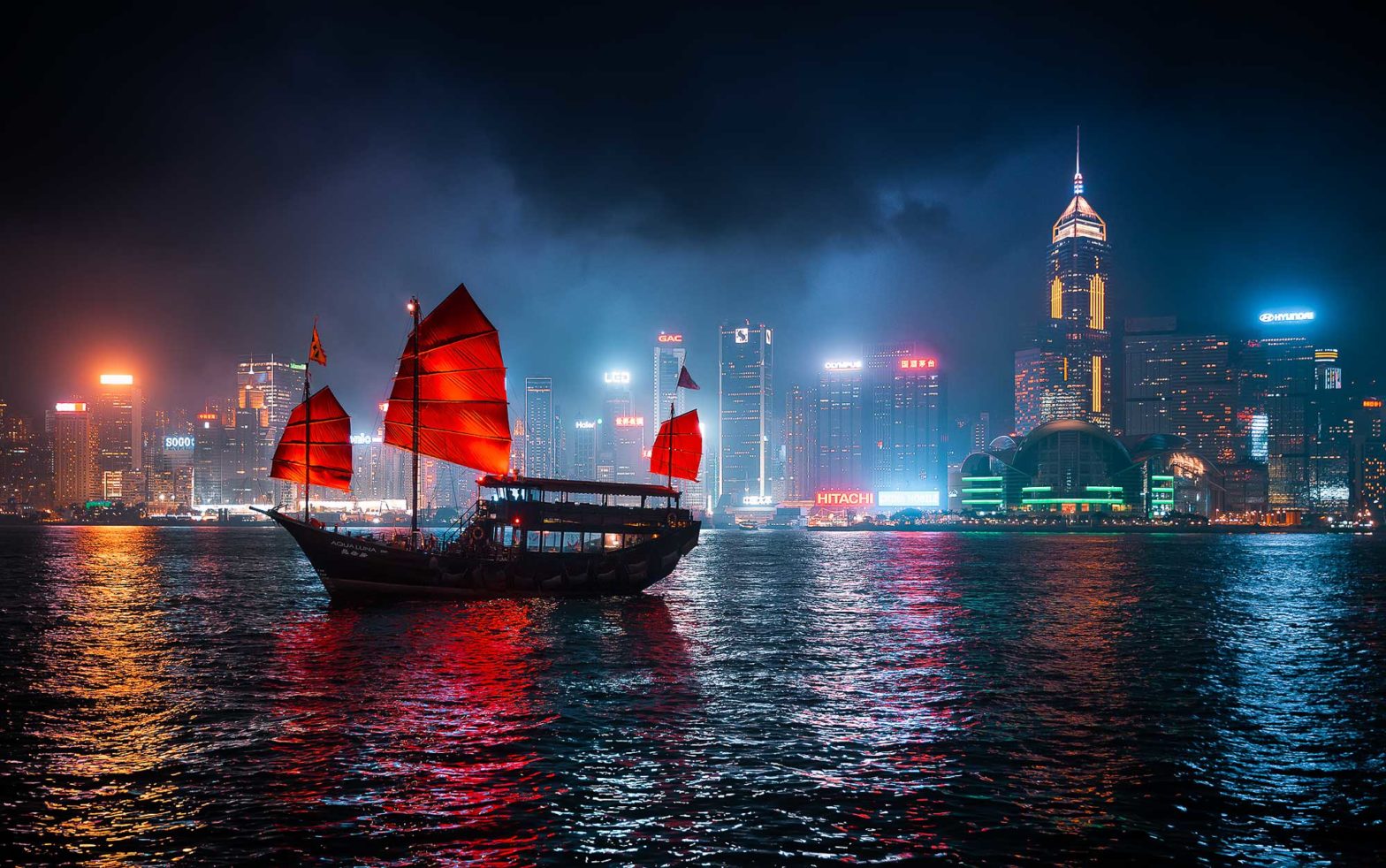Any photo tour of Hong Kong wouldn’t be complete without a shot of one of the local junk boats against a brightly lit skyline. The iconic Chinese junk, from the word ‘jong’ in old Javanese meaning boat, has been around for over a thousand years.
When framed against HK’s ultra-modern skyline, it makes for a perfect ‘Old vs New’ themed shot. One way to capture the shot is to increase your camera’s ISO. Let’s take a closer look why.
What is ISO?
The meaning of ISO is International Organization Standard. In terms of photography, ISO is a way to measure a camera sensor’s sensitivity to light. If you’re using film, it’s also called film speed.
Low ISOs like 100 to 400 are less sensitive to light. High ISOs like 3,000 or 6,000 are more sensitive. The drawback with ISO is that the higher you go the lower your image quality.
Best ISO Settings for Night Photography
Is there one ISO setting that’s perfect for night photography? Definitely not! As with any photographic situation, it all depends on the amount of light and your desired creative outcome.
For example, if you want to photograph the junk boats at night in Hong Kong, you’ll need to push up your ISO. A higher ISO will help you get a fast enough shutter speed to freeze the movement of the boat.

For example, Julien ‘Beboy’ Grondin shot this photo at 1/15 sec. at f2.8, 35mm, ISO 1600. Nowadays, most cameras can handle a higher ISO. In fact, it can never be too high.
According to Julien, “The most important thing is to get the shot. A grainy image is better than no image at all.” I’d have to agree.
High ISO: Should You Be Afraid?
To sum up, ISO is simply one method to make your photo lighter or darker. There are definitely some drawbacks to using a high ISO. On the other hand, using a higher ISO may be the only way for you to capture your shot.
So whether you’re trying to photograph junk boats at night in Hong Kong, or making a photo tour of your own neighborhood, the most important thing is to do what you have to do to get your shot.
How about you? Do you care that much about grain in your photos? Is it better to get the shot or miss it because you care purely about image quality? Leave a comment below.

Leave a Reply